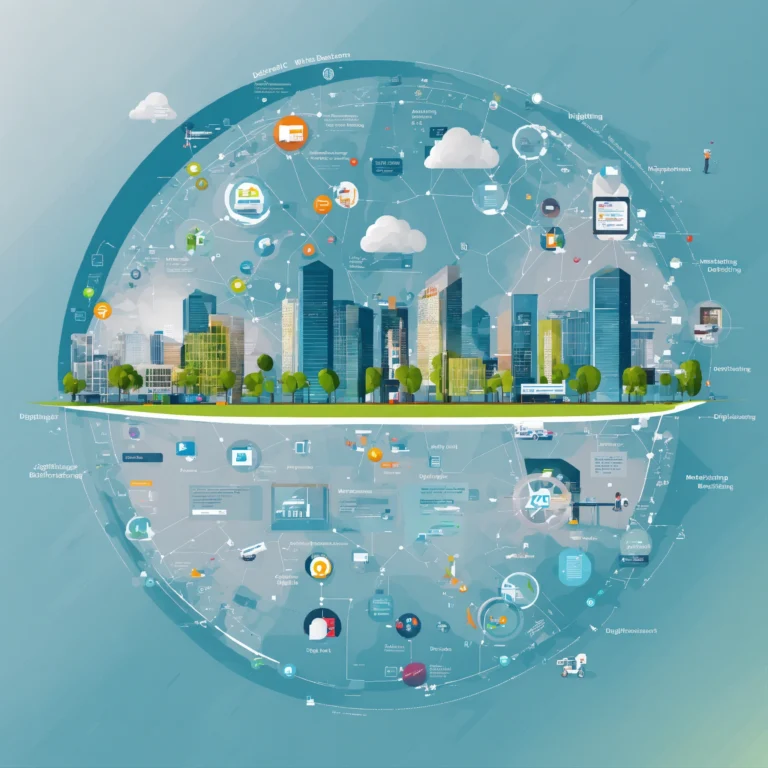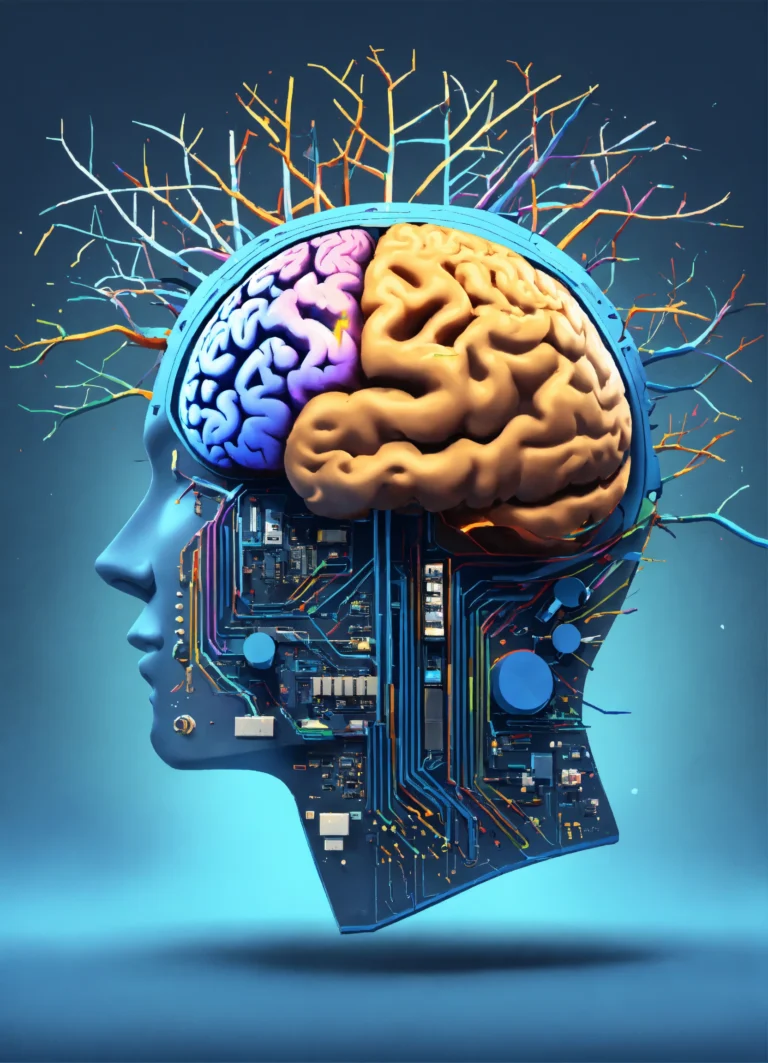Frontier technology awareness is necessary as you navigate the rapidly evolving digital landscape. Edge computing represents a transformative shift in data processing, enabling you to bring computation closer to the source of data generation. This technology reduces latency and bandwidth usage, enhancing the performance of applications in real-time. In this blog post, you will explore how edge computing can revolutionize your operations, improve efficiency, and unlock new possibilities for innovation in various industries. Prepare to understand why this next frontier is crucial for your future technological endeavors.
Understanding Edge Computing
Before diving deeper into the concept, it’s crucial to grasp what edge computing truly represents in today’s digital landscape.
Definition and Overview
The term edge computing refers to a distributed computing paradigm that brings computation and data storage closer to the location where it is needed. This approach minimizes latency and bandwidth use, enhancing the responsiveness of applications.
Key Characteristics
Edge computing is characterized by its decentralized architecture, allowing data processing to occur at the ‘edge’ of the network, rather than relying solely on centralized data centers. This shift not only speeds up data processing but also improves security and reliability.
Understanding these characteristics will empower you to appreciate how edge computing can transform your business operations. By processing data closer to its source, you can significantly reduce latency issues while optimizing bandwidth usage. This efficiency allows you to harness real-time data analytics for timely decision-making and enhances your overall operational effectiveness.
Differences from Cloud Computing
An important distinction between edge computing and cloud computing lies in their architectures and operational scopes. While cloud computing relies on centralized data centers to process data, edge computing operates on a decentralized basis, processing data closer to its origin.
With this understanding, you can see that edge computing is not intended to replace cloud computing but rather to complement it. The combination of both technologies allows you to maximize efficiency and flexibility, catering to diverse data processing needs while maintaining the advantages of cloud resources for larger-scale operations. This approach can result in better performance for applications that require immediate data processing or have strict latency requirements.
Benefits of Edge Computing
You may wonder how edge computing can enhance your data processing capabilities. One of the most significant benefits is its capacity for reduced latency, which is key to real-time applications and services.
Reduced Latency
On many occasions, you need your data to be processed and analyzed almost instantly. Edge computing minimizes the distance data must travel, allowing for quicker response times and improved user experiences, particularly in sectors like gaming, IoT, and autonomous vehicles.
Bandwidth Optimization
Bandwidth saves resources by allowing for local processing of data instead of sending everything to a central server. This prevents network congestion and ensures that your data is accessible whenever needed, without overwhelming your bandwidth capacity.
This optimization is especially crucial for businesses that manage vast amounts of data generated by devices at the edge of the network. By processing data locally, you can significantly reduce the load on your bandwidth, allowing for faster data transfer and better responsiveness in applications that demand reliability and efficiency.
Enhanced Security
An often overlooked advantage of edge computing is its potential to boost your data security. By processing sensitive data closer to its source, you can decrease the chances of interception during transmission.
Reduced data exposure not only minimizes vulnerabilities but also allows you to implement tighter security measures locally. This local processing creates an effective barrier against breaches, ensuring that sensitive information remains within your control and is less susceptible to unauthorized access over long distances.
Applications of Edge Computing
For businesses and consumers alike, the applications of edge computing are transforming how data is processed and utilized. With the ability to analyze data closer to the source, edge computing plays a crucial role in various sectors, enhancing efficiency and enabling real-time decision-making.
Internet of Things (IoT)
An integral aspect of edge computing, the Internet of Things (IoT) leverages the power of localized data processing to enhance device interoperability. By reducing latency and bandwidth usage, IoT devices can communicate faster and more efficiently, allowing you to gain valuable insights and optimize operations in real-time.
Smart Cities
Internet of Things technology and edge computing come together to create smarter urban environments. By deploying sensors and devices throughout cities, real-time data on traffic patterns, energy consumption, and public safety can be analyzed at the edge, leading to enhanced resource management and improved quality of life for residents.
The integration of edge computing in smart cities enables better traffic management, reduced energy costs, and more efficient waste management systems. By leveraging real-time analytics, you can enjoy services that respond promptly to your needs, making urban living more sustainable and efficient than ever before.
Autonomous Vehicles
To ensure safe and efficient operation, autonomous vehicles rely heavily on edge computing for real-time data processing. By analyzing data from various sensors and cameras at the edge, vehicles can react swiftly to their surroundings, increasing safety and user experience.
This focus on edge computing facilitates faster decision-making, important for the successful deployment of autonomous vehicles. As the vehicle processes data on-site, you benefit from smoother rides, reduced response times, and enhanced safety features that ultimately transform how you travel and interact with transportation systems.
Future Trends in Edge Computing
To understand the upcoming trends in edge computing, you need to recognize how advancements in technology shape the future landscape. The integration of edge computing with other emerging technologies will redefine data processing, delivering improved performance and efficiency across various industries.
Integration with Artificial Intelligence
Computing power at the edge can greatly enhance AI applications by enabling real-time data processing. With AI algorithms running closer to the source of data generation, you will experience faster insights and on-the-spot decision-making, which is crucial for time-sensitive applications.
Growth of 5G Technology
Integration of 5G technology will supercharge edge computing capabilities. You will benefit from increased bandwidth, reduced latency, and greater device connectivity, making it easier for edge devices to communicate seamlessly. This growth paves the way for innovative applications and improved user experiences.
Trends indicate that the rollout of 5G networks will significantly bolster edge computing by allowing faster data transfer rates and supporting a larger number of connected devices. As you embrace 5G’s capabilities, you will notice a surge in real-time applications, such as smart cities and autonomous vehicles, which depend heavily on edge computing to process and analyze vast amounts of data instantly.
Edge Computing in Healthcare
Intelligence and efficiency in healthcare can be vastly improved through edge computing. By processing patient data closer to the source, you will see quicker diagnosis and timely interventions, which can ultimately save lives and enhance care quality.
This paradigm shift in healthcare enables real-time monitoring and analytics, facilitating rapid decision-making. You will experience the benefits of connected devices that gather and analyze patient information at the edge, offering customized treatment plans and reducing the time healthcare professionals spend on administrative tasks. Embracing these technologies will enhance your medical experience significantly.
To wrap up
Considering all points, you should recognize that edge computing stands as a pivotal advancement in data processing, fundamentally transforming how you engage with technology. By bringing data processing closer to the source of data generation, it enhances speed, reduces latency, and improves overall efficiency. As you navigate this next frontier, leveraging edge computing can empower your digital strategies, streamline operations, and foster innovative applications. Embracing this technology will not only enhance your current capabilities but also position you for future success in an increasingly connected world.




